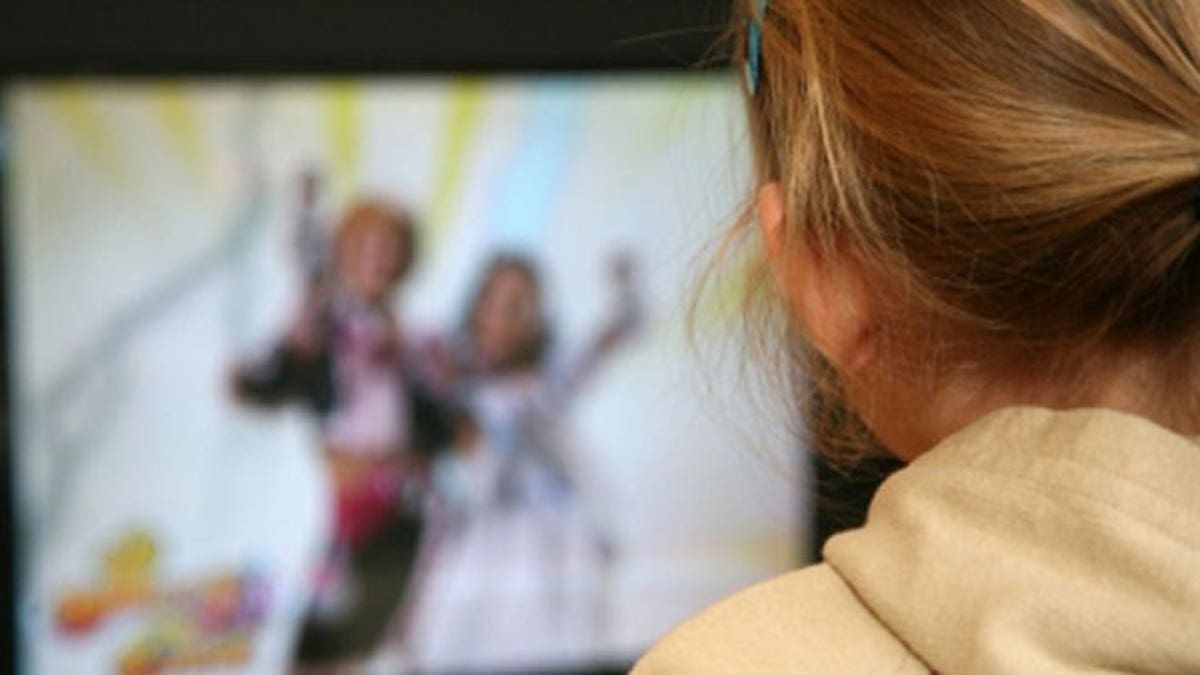
In a study of 15-year-olds in the U.K., those who had been most exposed to alcohol use in films were also most likely to have tried alcohol, and about twice as likely as the least exposed to have been binge drinking.
After accounting for factors in early childhood, and even before birth that might explain the link, the associations were still “very robust,” said lead author Andrea Waylen of the School of Oral and Dental Sciences in Bristol, England.
The study only looked at a single point in time, so it cannot prove cause and effect, Waylen noted in an email. But the results are in line with research from the USA, Europe and elsewhere that links youth “viewing of depictions of alcohol use in movies and the onset of drinking, regular drinking, binge-drinking and alcohol-related problems,” she said.
Waylen and her coauthors analyzed data from another long-term study of children born near Bristol between 1991 and 1992, who were followed periodically from birth.
At age 15, more than 5,000 of the kids completed a computer-based interview, assessing whether they had seen 50 randomly selected popular contemporary movies. Researchers had coded how many seconds of alcohol use appeared in each film, and totaled the amount each kid had seen based on their answers.
Those who had the least exposure to images of alcohol had seen 27 minutes or fewer in the study films. The next highest groups had seen 28 to 44 minutes, then 45 to 63 minutes, and those who had seen the most had seen more than 63 minutes.
The computer interview also included questions about personal history of alcohol use, current use, binge drinking and alcohol related problems with school, work or the police. It asked kids about their smoking habits, peers’ drinking habits and questions that measured “sensation seeking.”
The researchers also tried to account for parental drinking habits and traits, socioeconomic factors over the child’s entire lifetime such as housing stability and financial difficulties, as well as diagnoses of attention deficit disorder or other mental health issues.
With those kinds of factors considered, the kids in the highest film-drinking exposure group were about 20 percent more likely to have tried alcohol than the lowest-exposure group.
The kids with the highest film-drinking exposure were about twice as likely to use alcohol weekly, to binge drink and to have had alcohol-related problems than those in the lowest exposure group, as reported in Pediatrics.
“We've accounted for alcohol exposure in movies,” but more accurate measures would need to add in alcohol exposure on TV, online, in magazines, and advertised in other ways, Waylen noted.
Previous studies in the U.S. and elsewhere have found that exposure to alcohol on screen does predict teen alcohol use, according to Sonya Dal Cin of the University of Michigan in Ann Arbor, who was not part of the new study.
“In the U.S., the MPAA rating system does not specifically mention alcohol use as a ratings criterion,” Dal Cin told Reuters Health by email.
Alcohol use in Hollywood films has been on the rise in recent years, in part because the alcohol industry pays for product placement, according to Dr. Reiner Hanewinkel of the Institute for Therapy and Health Research in Kiel, Germany, who was also not part of the new research.
“Cigarette product placement in Hollywood movies is regulated by the Master Settlement with the State Attorneys General,” Hanewinkel told Reuters Health by email. “Alcohol placements in movies are subject only to internal self-regulatory guidelines of the industry, guidelines which are inadequate to protect children.”
Movies ought to be certified for alcohol exposure as they are for violence so that kids and parents can make informed decisions about movie viewing, and parents should discuss with their kids the pros and cons of alcohol use and provide appropriate education and, if necessary restriction, Waylen said.
“The important thing is education - alcohol is a drug and can have adverse effects on the lives, not only of the people who drink but also on their families and society: people need to be aware of the adverse effects of irresponsible alcohol use and of the fact that it could ‘happen to them’,” Waylen said.
